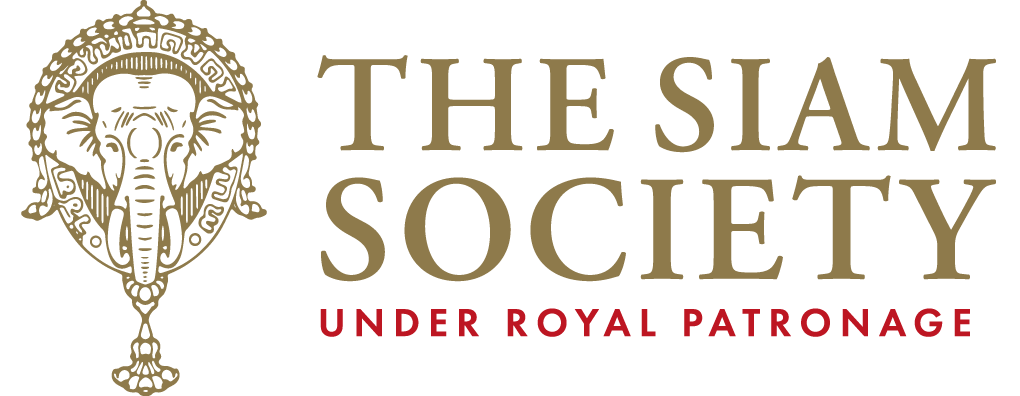Historical Mosques and Their Environs in Bangkok II
Muslims have long played a pivotal role in the development of the Thai economy and contributed to the royal court of Siam in bringing modern foreign technology into the development of the kingdom, from the early Rattanakosin period up to the reign of King Rama V. When a policy was established to reform the governance and various social structure, with the aim of developing the Kingdom of Siam to be on par with other civilised nations, such wave of reforms also played a major influence on the Muslim communities. From the traditional way of life practised in a particular community, Muslims are now integrated into a larger society—making their living and continuing their way of life just like ordinary Thai citizens that we see today. Through different eras and evolvements of time, Islamic culture in Bangkok has also undergone a process of various adaptations to modern-day society, while maintaining the identity as a “culture” in which its doctrine extends to daily life.
The Siam Society will arrange a one-day study trip for members and those who are interested in the Muslim culture to visit four Masjids and three historical houses in Bangkok, with a charming background of its unique Islamic architecture which are large Muslim communities during the early Bangkok period.
When
Leader
Dr Navamintr Vitayakul
Former Council Member and Chairperson of the Lecture Committee of The Siam Society
Booking
The tentative programme will be as follows:
| Saturday, 1 July 2023 | |
| – | Meet at The Siam Society, 131 Asoke Montri Road, Sukhumvit 21, Bangkok. |
| 08:00 | Depart The Siam Society for Charoen Krung Road (New Road). |
| – | Visit Bang Uthit Mosque (มัสยิดบางอุทิศ). The name “Bang Uthit” is derived from the name of Mother Bang Nana, the owner of a sawmill, who made the donation to build this mosque about 100 years ago. Nowadays the mosque is restored with a fresher look. Its interior is painted with Arabesque patterns on the walls and ceiling. Its minaret and the ablution area were artistically and financially supported by the Republic of Türkiye. |
| – | Visit Seyfee Mosque (มัสยิดเซฟี หรือ ตึกขาว). Built in 1910, this Gothic-style mosque is a half-concrete and half-wood structure on a shallow foundation made of logs and without centre pillars. Through the century, it has received excellent care and maintenance for its architectural structure intact and its historical values well-preserved as well as its important role as the religious centre for Dawoodi Bohra Muslims. |
| – | Visit Goowatin Islam Mosque (มัสยิดกูวติลอิสลาม หรือ ตึกแดง), which is connected to the history of the House of Bunnag, one of Thailand’s prominent families. During King Rama IV’s reign, Tat Bunnag, a royal page and the property owner handed it over to a group of Indian traders from Surat, Gujarat, to use as a mosque. The act was unusual yet generous as the Bunnag family had already become a Buddhist family by then. |
| Noon: | Lunch at the house of Phraya Rachanupradit (Naga), an old gingerbread house of a senior officer for the Front Palace during Rama V’s reign. |
| –
–
– |
After lunch, visit the house of Colonel Phraya Prasitsongkram, a nobleman in the reign of King Rama VI who served as the Thai military ambassador in France during World War I. This house was also built in 1923 during the reign of King Rama VI. It was assumed that this building might have been influenced by Phraya Prasitsongkram’s experience of living in Europe.
Visit Kudi Charoenphat (กุฎีเจริญพาศน์) which is a mosque of the Muslim Shia sect or Chao Sen (เจ้าเซ็น). Built during King Rama I’s reign, the mosque had been restored several times. The present mosque was assumed to be rebuilt during King Rama III’s reign. Continue to visit the Ekanak House Museum, built in 1919 during the reign of King Rama VI. Its original owner was Colonel Phraya Prasong Sappakarn (Yuang Ekanak) who was the Deputy Director General of the Police Department. |
| 17:00 | Return to The Siam Society. |
|
The Siam Society reserves the right to change the programme as necessary. |
|
Important notes:
– The Siam Society may utilise photos taken from study trips, lectures, performances, and other activities as part of its public relations and marketing campaign. These photos, which may sometimes contain image(s) of activity participants, can also be featured on the Society’s website and other online social media channels.
Booking:
Contribution of THB 5,300 (THB 5,800 for non-members) will cover transportation, lunch, gratuities and other costs incurred to make this trip possible. In addition, basic accident insurance is included. There is a 3% surcharge for credit/debit card payment to cover bank charges. Please pay by cash or cheque payable to “The Siam Society”. Transfer can also be made to The Siam Society travel account at TMBThanachart Bank (ttb), saving account no. 053-2-18000-7 or by scanning the QR code on your right. Once payment has been made, please e-mail the payment or transfer docket to us.
We kindly ask that you confirm your reservation by Tuesday, 20 June 2023

